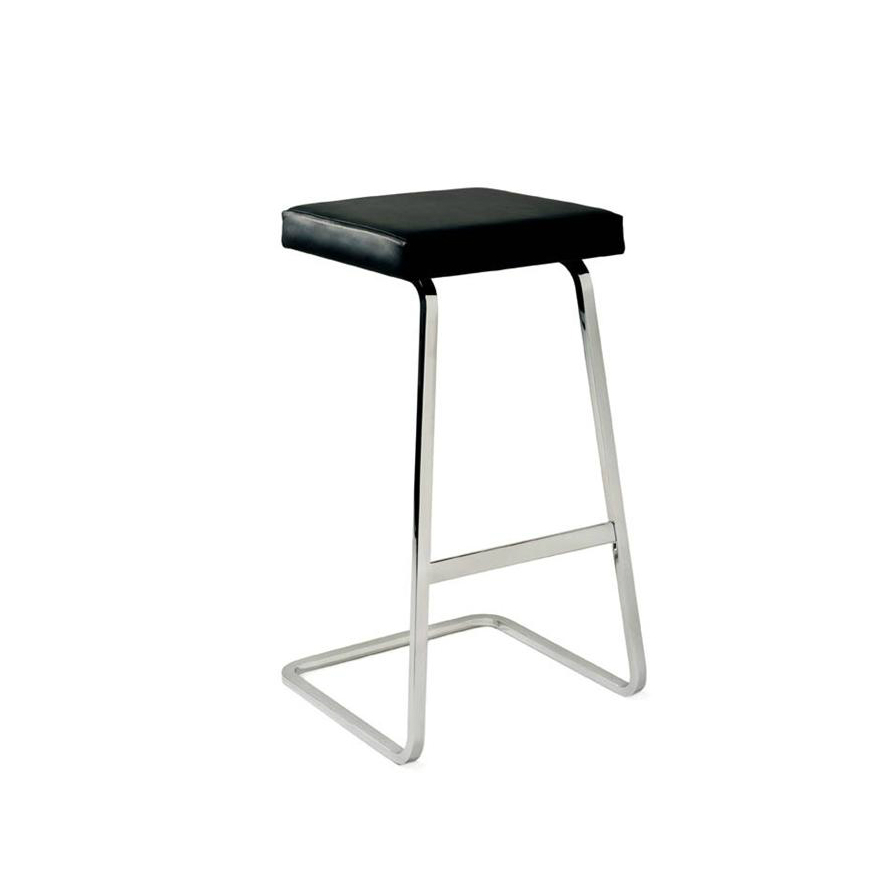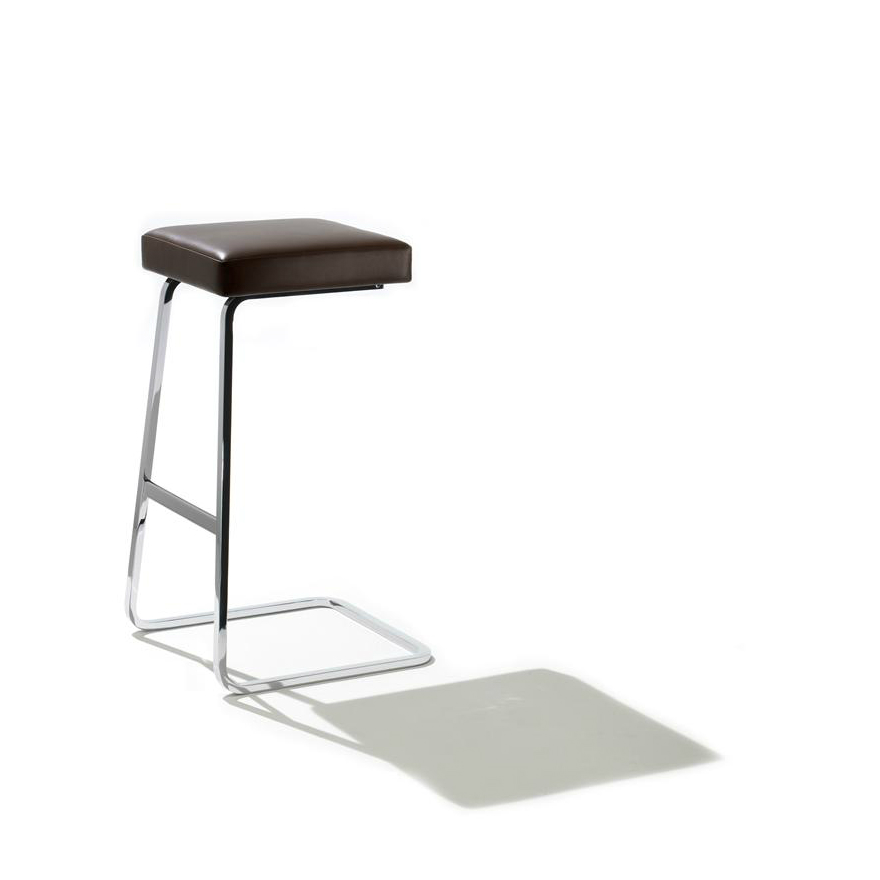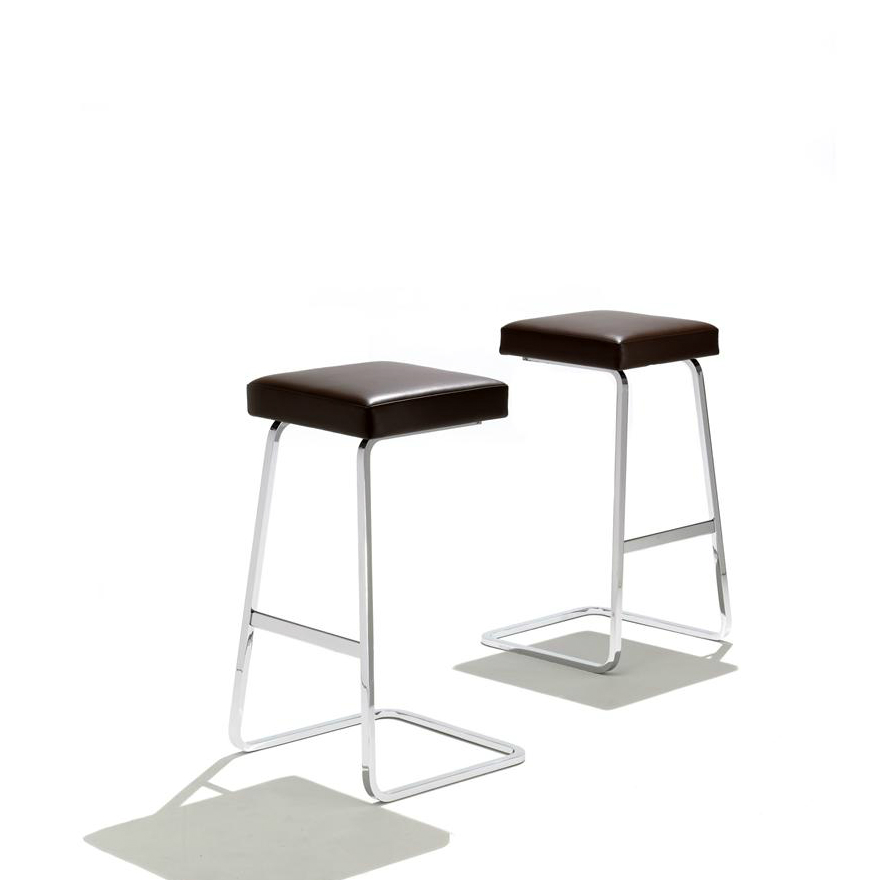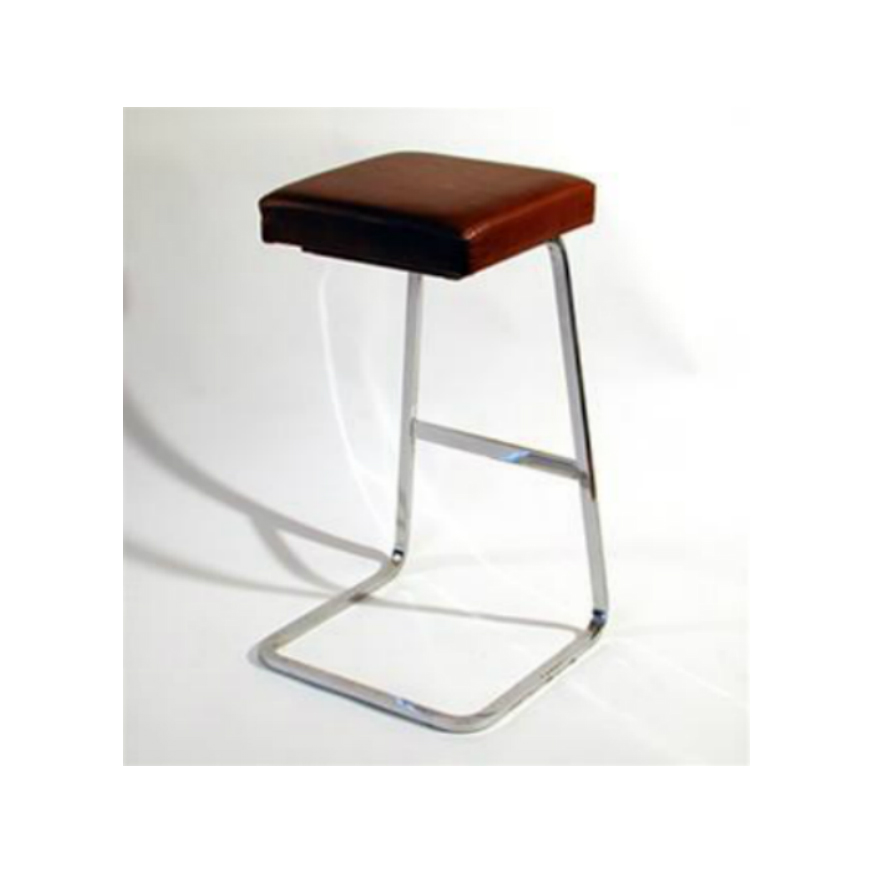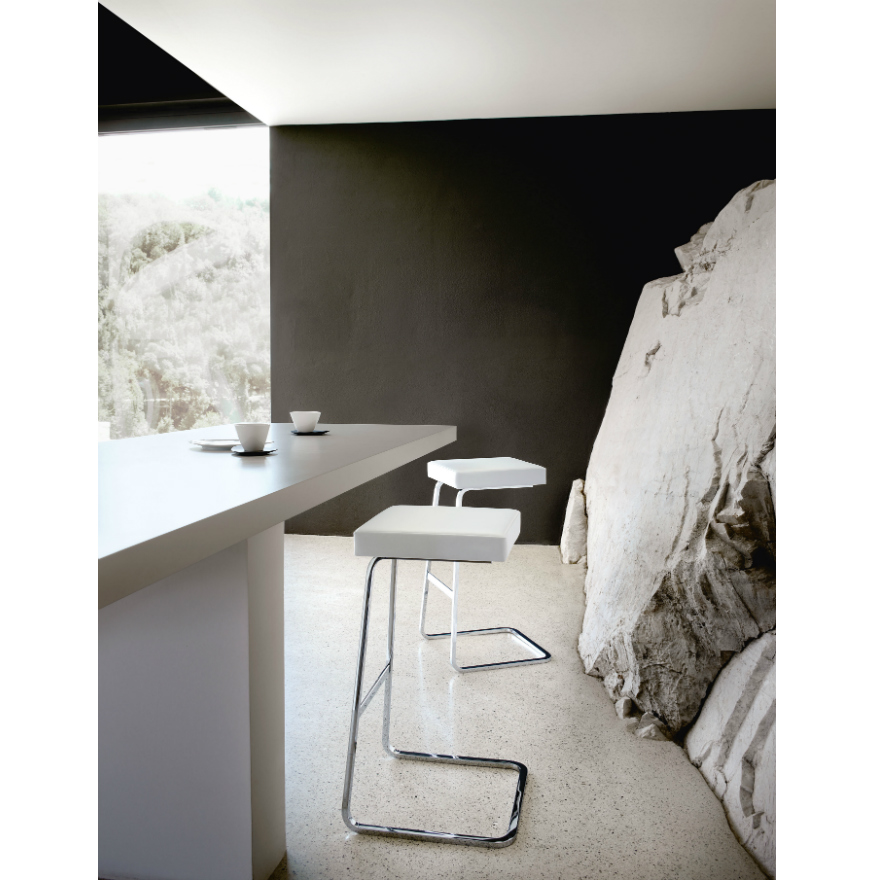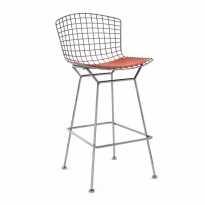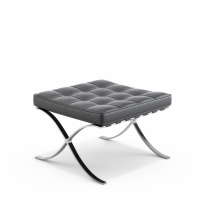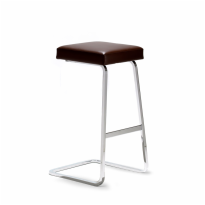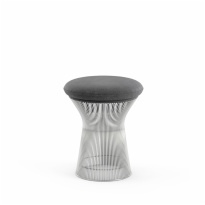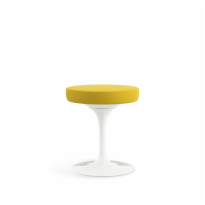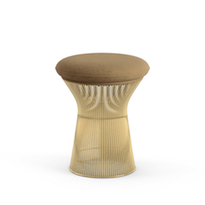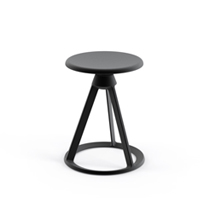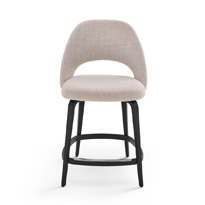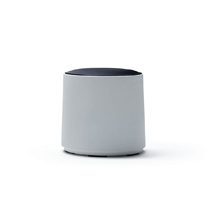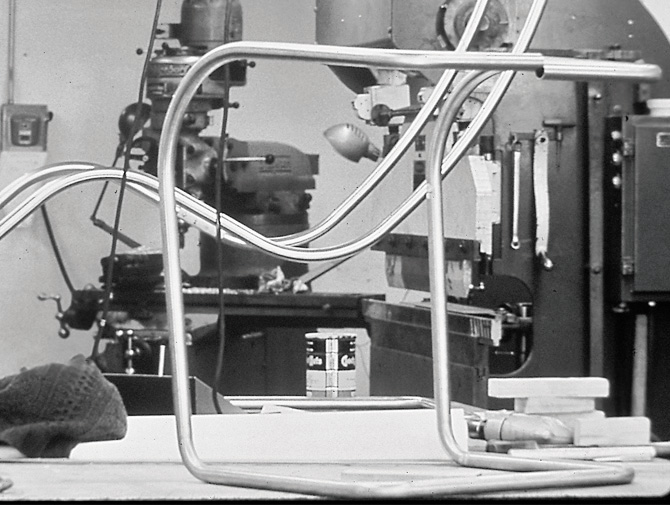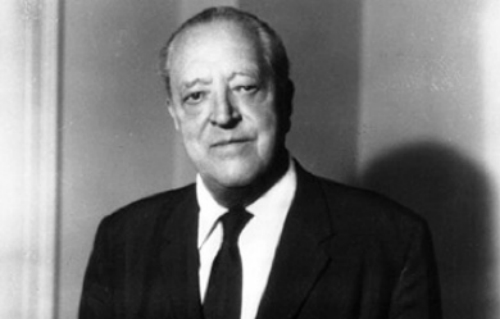Four Seasons Barstool
Designed by Ludwig Mies van der Rohe, 1958
Created for the Four Seasons Restaurant at the Seagram Building in New York, this design is believed to be a collaborative effort between Mies van der Rohe, who designed the building, and Phillip Johnson, who designed the restaurant. The cantilevered chrome frame, lean profile and meticulous craftsmanship complement van der Rohe’s Flat Bar Brno Chair, which was specified throughout the restaurant. In 2006 Knoll brought the design into mass production for the first time ever.
Share